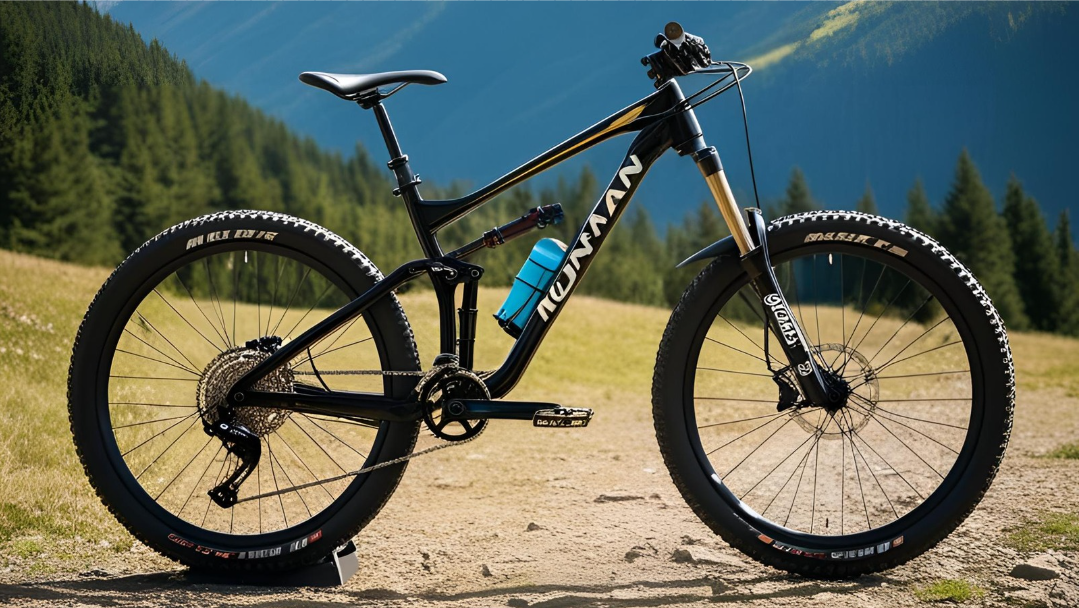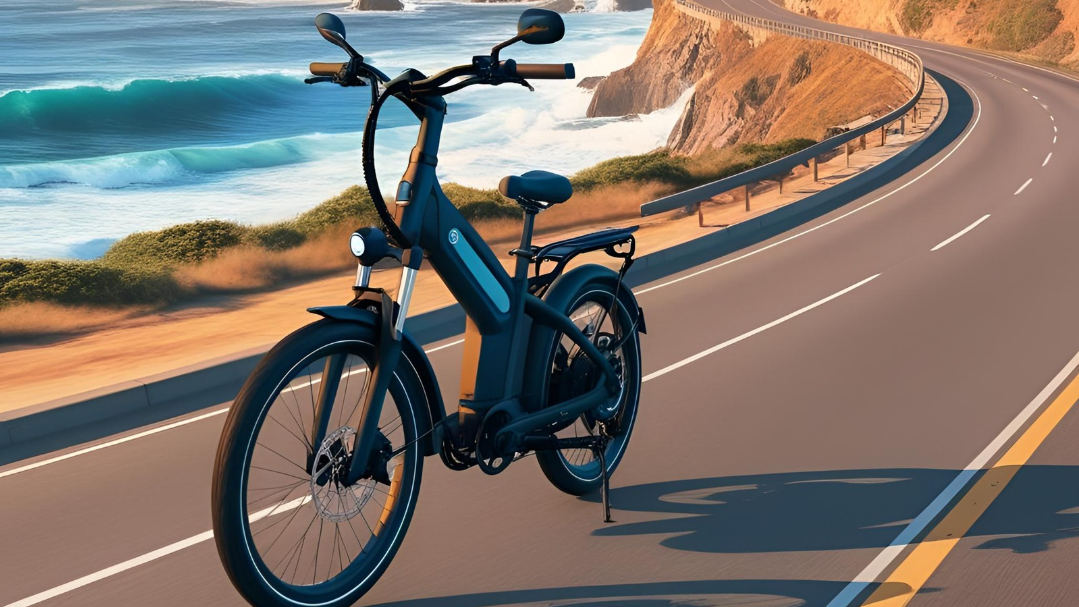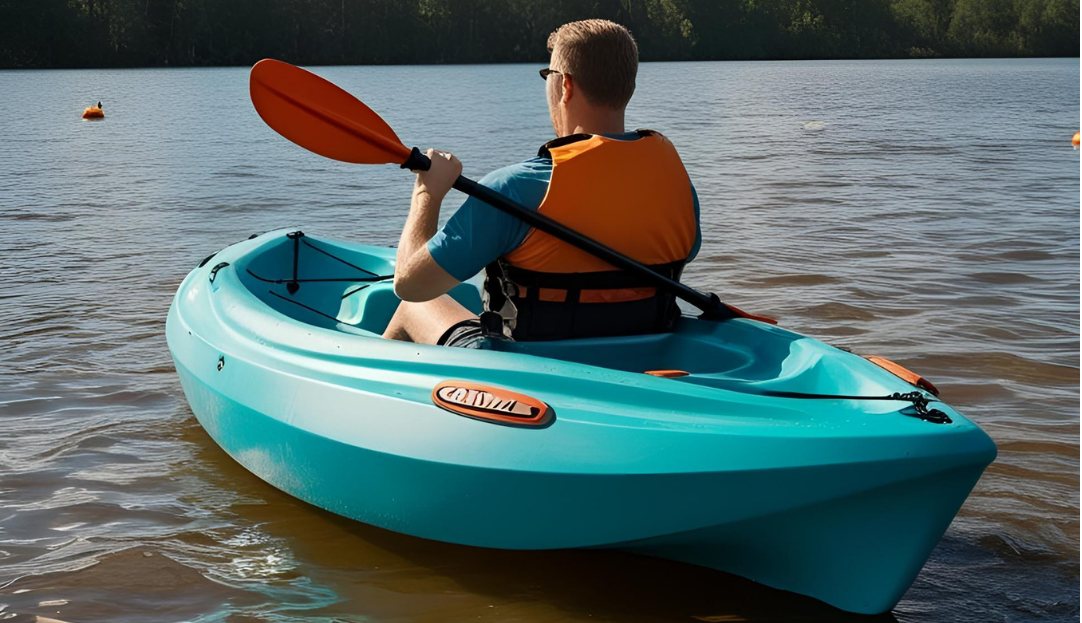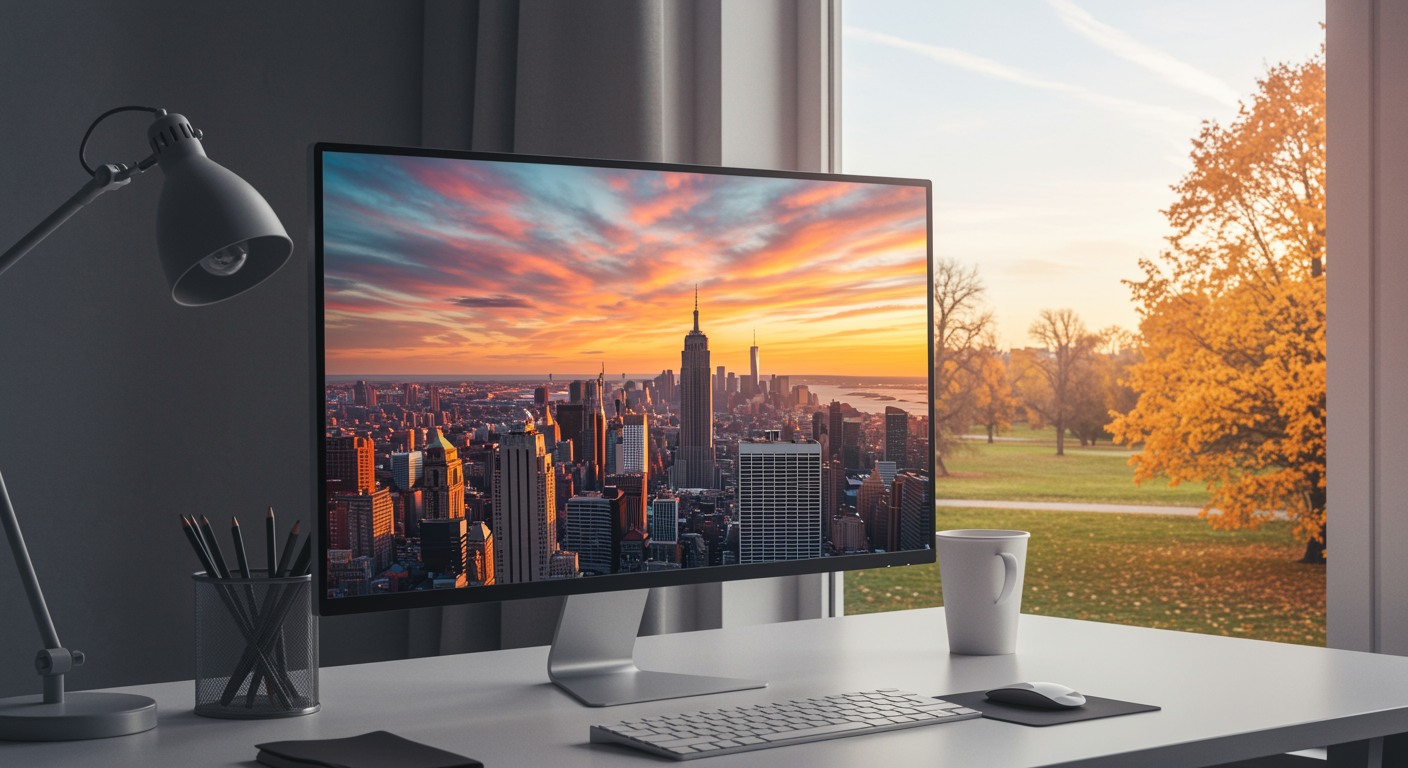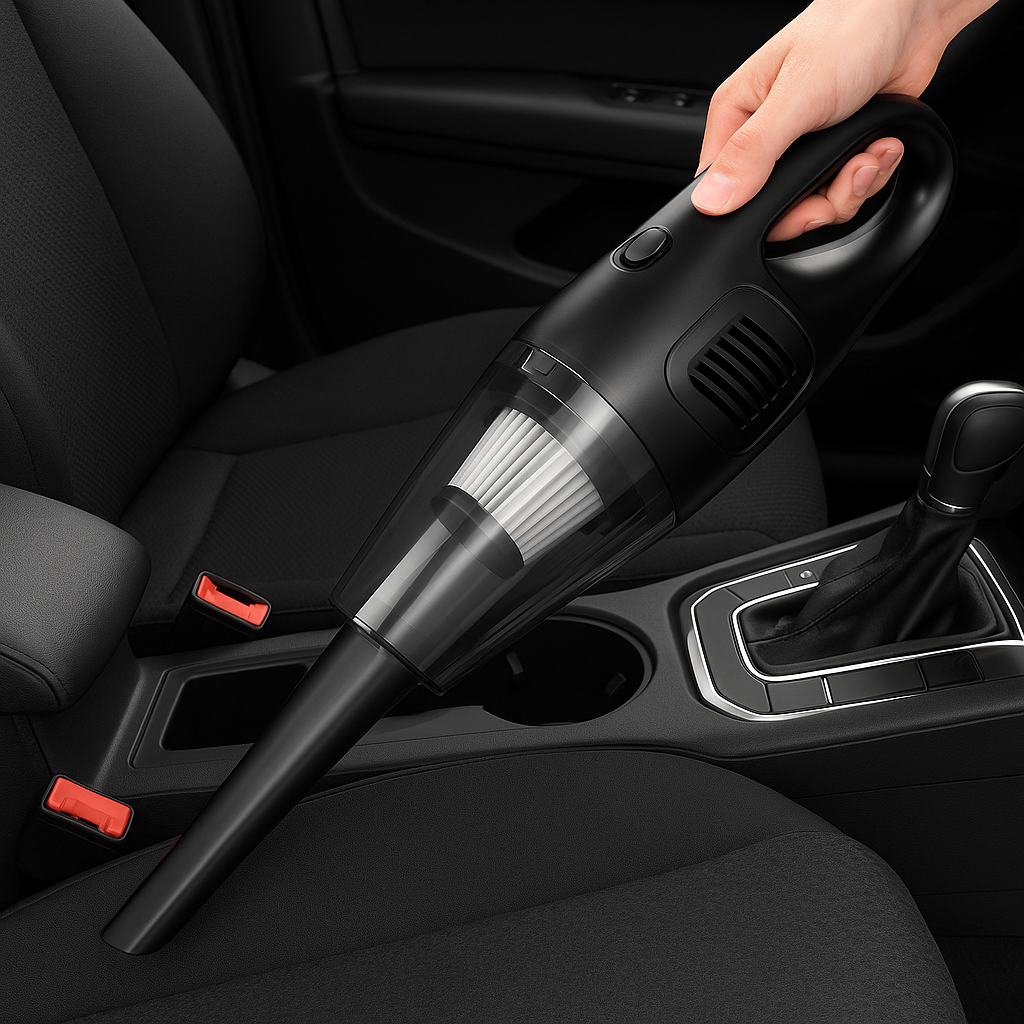As our audio experience grows even more personal and portable, the struggle between wired and wireless earbuds has become much more than just a convenience—it’s tied to so much more! Sound quality, battery anxiety, comfort, and value are part of that struggle. As we shift through personal audio in 2025, both wired and wireless earbuds are developing, expanding the once clear line between them.
This in-depth comparison takes a serious look at the real differences between wired and wireless earbuds; look at their strengths, weaknesses, and the best situations for using each to help you make what is best for you in terms of audio need, lifestyle, and preferences—not just marketing representation.

Sound Quality: The Audiophile Point of View
For a large number of users, audio performance is still the primary consideration when choosing which earbuds to choose. Let’s quickly address how each technology performed in this aspect.
Wired Earbuds: The Traditional Champion
Wired earbuds have many advantages over wireless earbuds when it comes to the sound quality:
Stable Signal Quality: The wired connection is constant and does not require the digital compression involved in a wireless connection. Wired earbuds can provide the complete signal as it was intended without data compression, or signal loss.
Zero Latency: There is no latency involved with a wired connection. The signal is immediately transmitted through the cable, ensuring it is delivered in-sync with video content, which is important for gaming and video watching.
Higher Resolution Audio Support: Several leading-edge wired earbuds offer compatibility with higher resolution audio codecs in 24-bit/192kHz and even beyond, keeping subtle details preserved from being degraded over wireless signals.
No Digital-to-Analog Conversion Limitations: Wired earbuds utilize the source device’s DAC (Digital-to-Analog Converter), which in high-end smartphones or stand-alone audio players is typically superior to the miniaturized DACs in wireless earbuds.
Power Advantage: Direct power from the source device allows more power-hungry, more-performance drivers without battery power problems.
Wireless Earbuds: Closing the Gap
While wireless earbuds historically sacrificed sound quality for convenience, the gap has narrowed significantly:
Advanced Codecs: Premium wireless earbuds now support high-quality Bluetooth codecs like LDAC, aptX Lossless, and LC3plus, offering near-lossless audio transmission with compatible devices.
Dedicated Processing: Many wireless earbuds include dedicated DSPs (Digital Signal Processors) that can compensate for acoustic limitations through careful tuning, active noise cancellation, and spatial audio processing.
Customized Sound Profiles: Companion apps allow users to create personalized EQ settings and sound profiles, sometimes even incorporating hearing tests to optimize audio for individual ear structures.
Integrated Amplification: Quality wireless earbuds feature precisely matched amplifiers and drivers designed to work together, sometimes outperforming the generic amplification in source devices used with wired earbuds.
Verdict: While audiophiles with trained ears will still detect the advantages of high-end wired earbuds, the quality gap has narrowed to the point where most casual listeners would struggle to identify significant differences in blind tests, particularly when using premium wireless options with advanced codecs.
Convenience: The Freedom Factor
The rise of wireless technology has been a key factor behind the increasing popularity of earbuds in today’s market.
Wireless Earbuds: Untethered Experience
The wireless advantage is most apparent in mobility and everyday usability:
Freedom of Movement: No cables means unrestricted movement for workouts, commuting, or household chores without catching or tangling wires.
Device Compatibility: As smartphones increasingly abandon headphone jacks, wireless earbuds offer universal compatibility without adapters.
Charging Case Convenience: Most wireless earbuds come with portable charging cases that protect the earbuds and extend battery life throughout the day.
Smart Features: Many wireless models offer touch or voice controls, wear detection for automatic play/pause, and digital assistant integration—features impossible to implement in purely analog wired earbuds.
Multi-Device Connectivity: Higher-end wireless earbuds can connect to multiple devices simultaneously, allowing seamless switching between phone, tablet, and computer.
Wired Earbuds: Simplicity and Reliability
Despite seeming old-fashioned, wired connections offer their own form of convenience:
Zero Setup Time: Plug and play functionality with no pairing process or connection issues.
No Charging Required: Elimination of battery anxiety and charging routines altogether.
Never Lost: The physical connection between earbuds means they’re less likely to be separated or lost.
Longevity: Without batteries that degrade over time, quality wired earbuds can last many years or even decades with proper care.
Universal Compatibility: Standard 3.5mm connections work with virtually any device with a headphone jack, though adapters may be required for newer smartphones.
Verdict: For most everyday scenarios involving movement or exercise, wireless earbuds offer superior convenience. However, in situations where reliability and simplicity are paramount, or for longer listening sessions where battery life becomes a concern, wired options maintain distinct advantages.
Battery Life and Longevity: The Long-Term Investment
When considering the overall value and lifespan of your purchase, battery limitations become a significant factor.
The Wireless Battery Equation
Wireless earbuds face inherent challenges related to their power requirements:
Limited Listening Time: Even the best true wireless earbuds typically provide 5-12 hours of continuous playback before requiring recharging, with features like ANC often reducing this further.
Battery Degradation: All lithium-ion batteries degrade over time, meaning wireless earbuds will eventually hold less charge than when new—typically losing 20-30% capacity after 500 charge cycles.
End-of-Life Concerns: When the battery no longer holds sufficient charge, the entire product often becomes effectively disposable, as battery replacement services are limited and sometimes cost-prohibitive.
Environmental Impact: The combination of complex electronics and batteries makes wireless earbuds challenging to recycle properly.
Wired Sustainability
The simplicity of wired designs offers significant longevity advantages:
Unlimited Listening Time: No battery means no time limits on your listening sessions.
Decades of Potential Use: With no battery degradation, quality wired earbuds can last indefinitely if properly maintained, with only occasional cable replacements if damaged.
Repairability: Many premium wired models feature replaceable cables and even replaceable drivers in some professional models.
Simpler Recycling: With fewer complex components and no batteries, wired earbuds have a smaller environmental footprint.
Verdict: For longevity and sustainability, wired earbuds clearly outperform their wireless counterparts. However, the convenience of wireless may outweigh these considerations for many users, especially those who regularly upgrade their audio gear.
Comfort and Fit: The Wearability Factor
Comfort significantly impacts how much you’ll enjoy using your earbuds, regardless of their technical specifications.
Wireless Design Advantages
The absence of cables has allowed wireless earbuds to evolve in several comfort-enhancing ways:
Weight Distribution: Without cable drag, wireless earbuds can achieve better balance and stability.
Customizable Fit Options: Many wireless models include multiple ear tip sizes and optional wing tips or hooks for secure fit.
Activity-Specific Designs: Some wireless earbuds are specifically engineered for particular activities like running or sleeping.
Pressure Relief Vents: High-end wireless models frequently feature pressure-relief vents that help minimize ear fatigue during extended listening periods.
Wired Comfort Considerations
Traditional wired designs have their own ergonomic aspects to consider:
Cable Management: The constant presence of cables requires thoughtful routing to avoid irritation or tangling.
Lighter In-Ear Units: Without having to house batteries and wireless components, wired earbuds can be smaller and lighter in the ear.
Balanced Armature Technology: Many high-end wired earbuds utilize multiple balanced armature drivers that can be arranged for optimal weight distribution and smaller form factors.
Verdict: Comfort is highly individual, depending on ear anatomy and personal preferences. Wireless designs have generally improved in ergonomics as the technology has matured, but premium wired options often maintain an advantage in long-session comfort due to their lighter in-ear weight.
Price-to-Performance Ratio: Value Proposition
Understanding the value equation helps determine which technology offers better alignment with your priorities and budget.
The Wired Value Advantage
Dollar for dollar, wired technology typically delivers superior audio performance:
Audio Quality Per Dollar: Wired earbuds can dedicate their entire production cost to sound quality components rather than wireless technology and batteries.
Entry-Level Excellence: Even budget wired earbuds (under $50) can deliver impressive sound quality compared to wireless options at similar price points.
Professional Options: The wired market includes professional in-ear monitors ranging from $100 to $3000+, offering unparalleled audio quality for serious enthusiasts.
Longevity Factor: The longer potential lifespan of wired earbuds improves their lifetime value proposition.
Wireless Value Considerations
The wireless premium brings additional functionality beyond pure audio performance:
Feature Integration: The cost includes conveniences like touch controls, automatic pausing, transparency modes, and noise cancellation.
Technology Investment: Premium wireless models incorporate significant R&D in miniaturized components, custom chips, and advanced signal processing.
Ecosystem Integration: Many wireless earbuds offer seamless integration with specific device ecosystems (Apple, Samsung, Google), adding functional value for users of those platforms.
Price Trends: As wireless technology has matured, prices have decreased substantially, with capable wireless options now available at nearly every price point.
Verdict: For pure audio quality per dollar spent, wired earbuds maintain a clear advantage. However, when factoring in the additional features and conveniences of wireless options, the value equation becomes more personal and use-case dependent.
Use Case Scenarios: Making the Right Choice
Different listening environments and activities may favor one technology over the other.
When Wired Earbuds Excel
Several scenarios make wired options particularly compelling:
Critical Listening Sessions: For focused music appreciation where audio quality is paramount.
Professional Audio Work: Recording, mixing, and audio production where latency and signal quality are critical.
Gaming: Where even milliseconds of audio delay can impact gameplay experience.
Long Flights or Travel: Situations where battery life would be a concern and movement is limited anyway.
Budget Constraints: When maximizing sound quality at lower price points is the priority.
When Wireless Shines
Wireless technology offers clear advantages in many modern use cases:
Fitness and Physical Activity: Running, gym workouts, and sports where cables would interfere with movement.
Commuting and Travel: Where cable management would be cumbersome in crowded spaces.
Work-From-Home: Taking calls and moving around your home while remaining connected.
Multi-Device Users: Seamlessly switching between phone, tablet, laptop, and other devices.
Modern Smartphone Users: Using devices without headphone jacks where adapters would be inconvenient.
Connection Reliability: The Dependability Factor
The reliability of your audio connection can significantly impact user experience in different environments.
Wired Reliability
Physical connections offer inherent stability advantages:
Consistent Performance: No interference or signal dropouts due to physical obstacles.
No Pairing Issues: Elimination of Bluetooth connection problems and pairing procedures.
Cross-Device Compatibility: Standard connections work universally without compatibility concerns.
No Firmware Dependencies: Performance doesn’t rely on software updates or firmware stability.
Wireless Connectivity Considerations
Wireless technology has improved dramatically but still faces inherent challenges:
Environmental Interference: Crowded wireless environments like city centers or tech conventions can still cause connectivity issues.
Range Limitations: Even the best Bluetooth connections typically maintain optimal quality only within 30 feet of the source device.
Device-Specific Performance: Connection stability can vary between source devices based on their Bluetooth implementation.
Multipoint Challenges: Maintaining stable connections to multiple devices simultaneously can be problematic for some wireless models.
Verdict: For absolute connection reliability, wired earbuds remain superior. However, modern Bluetooth 5.3 and upcoming 6.0 implementations have largely eliminated the frequent dropouts and pairing headaches that plagued earlier wireless generations.
Special Features: Beyond Basic Audio
Modern earbuds, particularly wireless models, offer functionality extending far beyond simple audio reproduction.
Wireless Smart Features
The integration of processors and batteries enables numerous advanced features:
Active Noise Cancellation (ANC): Digital processing that reduces environmental sounds, creating a more immersive listening experience.
Transparency/Ambient Modes: Allow environmental sounds to pass through when needed for awareness.
Spatial Audio: Processing that creates virtual surround sound environments for more immersive experiences.
Find My Feature: Location tracking to help locate lost earbuds.
Hands-Free Voice Assistants: Always-listening microphones for assistant activation without touching your phone.
Health Monitoring: Some advanced models now include heart rate, body temperature, or even posture monitoring.
Wired Added Functions
While more limited, some wired models incorporate useful features:
Inline Remote Controls: Physical buttons for volume, playback, and call management.
Passive Noise Isolation: Well-designed ear tips can provide significant noise reduction without active processing.
Balanced Connections: High-end models may support balanced audio outputs for improved channel separation and detail.
Modular Designs: Some professional models allow swapping between different cables or even drivers.
Verdict: For users who value integrated smart features and digital processing capabilities, wireless earbuds offer significant advantages that wired options simply cannot match due to their fundamental design limitations.
Making Your Decision: Key Considerations
When deciding between wired and wireless earbuds in 2025, consider these essential factors:
- Primary Use Environment: Consider where and how you’ll use your earbuds most frequently.
- Movement Requirements: Assess how much freedom of movement matters in your typical listening scenarios.
- Listening Duration: Think about how long your typical listening sessions last without breaks.
- Audio Quality Sensitivity: Be honest about whether you can appreciate the subtle differences in audio quality.
- Budget Allocation: Determine whether you value additional features or pure audio performance more highly.
- Device Ecosystem: Consider compatibility with your primary source devices and whether specific integration features matter to you.
- Environmental Impact: Factor in the longer lifespan of wired options against the convenience of wireless if sustainability concerns you.
Conclusion: Coexistence Rather Than Competition
The reality of the wired versus wireless debate in 2025 isn’t about declaring an overall winner—it’s about recognizing that these technologies increasingly serve different needs and use cases rather than directly competing.
Many audio enthusiasts find that maintaining both options provides the best of both worlds: wireless earbuds for everyday convenience, workouts, and commuting; wired options for critical listening sessions, gaming, and situations where battery life or absolute audio quality takes priority.
As both technologies continue advancing, consumers benefit from having more specialized tools for different audio experiences rather than a one-size-fits-all solution. By understanding the strengths and limitations of each approach, you can make an informed choice that aligns with your unique listening habits, environments, and priorities—or perhaps even decide that having access to both technologies best serves your diverse audio needs. Whether you value the untethered freedom of wireless or the uncompromised fidelity of wired connections, today’s market offers exceptional options at every price point for both technologies. The ultimate winner isn’t wired or wireless—it’s the listener who chooses the right tool for their specific audio journey.
